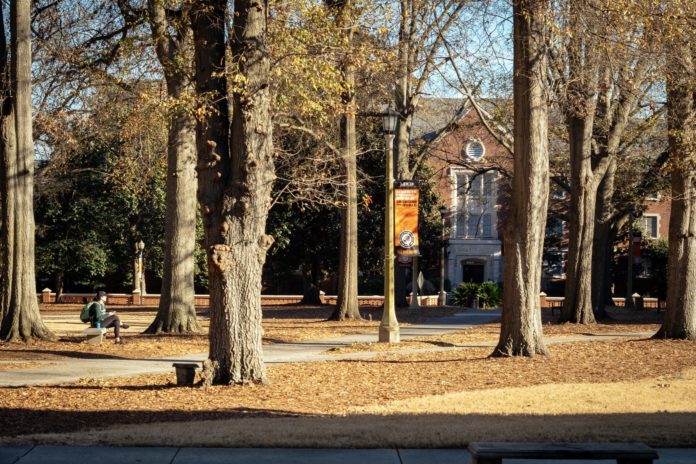Published in the Atlanta Business Chronicle –
Staff Writer
Georgia could soon be home to a new medical school.
Memorial Health University Medical Center plans to establish a four-year medical school on its hospital grounds in Savannah — the first in the southern part of the state.
Memorial Health plans to announce a partnership with an existing Georgia medical school within the next couple of months to build a new medical school, said Robert Colvin, CEO of Memorial Health. The hospital already trains 100 residents in six specialties for Mercer University’s School of Medicine.
“This really will be a state-of-the-art medical education,” Colvin said, citing the hospital’s new $21 million research facility opening next month and a cancer institute that opened in 2003. “We’ve brought so much talent on our campus and we have residents already, so it’s logical that we pursue a full medical school.”
The inaugural class, expected to be in the fall of 2008, will have 40 students, for a total of 160 over four years.
The push for a medical school in Savannah comes at a time when Georgia ranks No. 37 nationwide in the number of doctors per capita. The state has five medical schools, but a continually growing population, coupled with aging baby boomers, has raised concerns about whether the state has enough doctors to adequately serve Georgians.
But simply adding another medical school may not be the solution, says Ben Robinson, executive director of the Georgia Board for Physician Workforce.
“It’s not readily apparent that’s what Georgia needs,” Robinson said of the new school. “We had four medical schools just two years ago, and now we’ll have six in the near future.”
Robinson said the main variable that determines how many new doctors Georgia gets each year is the number of slots in residency programs for doctors. Residency programs, which are offered by hospitals that get accredited to train new doctors, provide hands-on training to doctors after they have graduated medical school.
One concern is that if Georgia medical schools turn out more new doctors than there are residency slots, the doctors will go to other states for their residencies.
“Is there a bottleneck? We don’t know, but that’s one of the concerns we’re watching,” Robinson said. “It’s kind of like a pig in a python — are we going to be able to get all this through the system?”
Georgia has about 2,000 residency slots for fiscal year 2006, compared with about 1,800 in 2001– an increase of about 11 percent.
By comparison, Georgia last year added a new medical school — the Philadelphia College of Osteopathic Medicine in Suwanee — with 86 students.
Long-standing schools are also beefing up their classes. This fall, the Medical College of Georgia will increase its incoming class size for the first time in more than two decades.
When Emory University finishes building the new home for its medical school in 2007, it is expected to increase its incoming class by about 10 percent.
Meanwhile, Morehouse School of Medicine plans to increase its class size from 52 to 64, after the school finishes its strategic planning process.
The balance of the number of doctors-in-training and the number of slots available in local residency programs is important because it helps determine how many new doctors decide to start practicing medicine in Georgia each year.
“The real deciding factor as to where doctors practice medicine is where they do their residency, not where they go to medical school,” Robinson said.
Colvin says Memorial Health plans to increase the number of residents to 107 over the next year. Meanwhile, he points to the need for a medical school in South Georgia.
From Savannah, the nearest medical schools are in Macon or Charleston, S.C.
“We need more physicians, so why not train them here in Savannah?” Colvin said.
Local economic development officials agree. “The population is exploding, business is expanding and things are just really growing here in Savannah,” said Lynn Pitts, senior vice president of the Savannah Economic Development Authority.
Pitts says some predictions say there will be 5 million people along the Georgia and the southern part of the South Carolina coast in the next 10 years.
Georgia is not the only state expanding its medical education programs.
In February 2005, the Association of American Medical Colleges urged American medical schools to increase their enrollments 15 percent by 2015 to prevent physician shortages.
Medical schools apparently heeded the call. About a year later, the association’s survey found that 53 percent of medical schools were considering increasing enrollments over the next five years.
Reach Moriarty at emoriarty@bizjournals.com.










